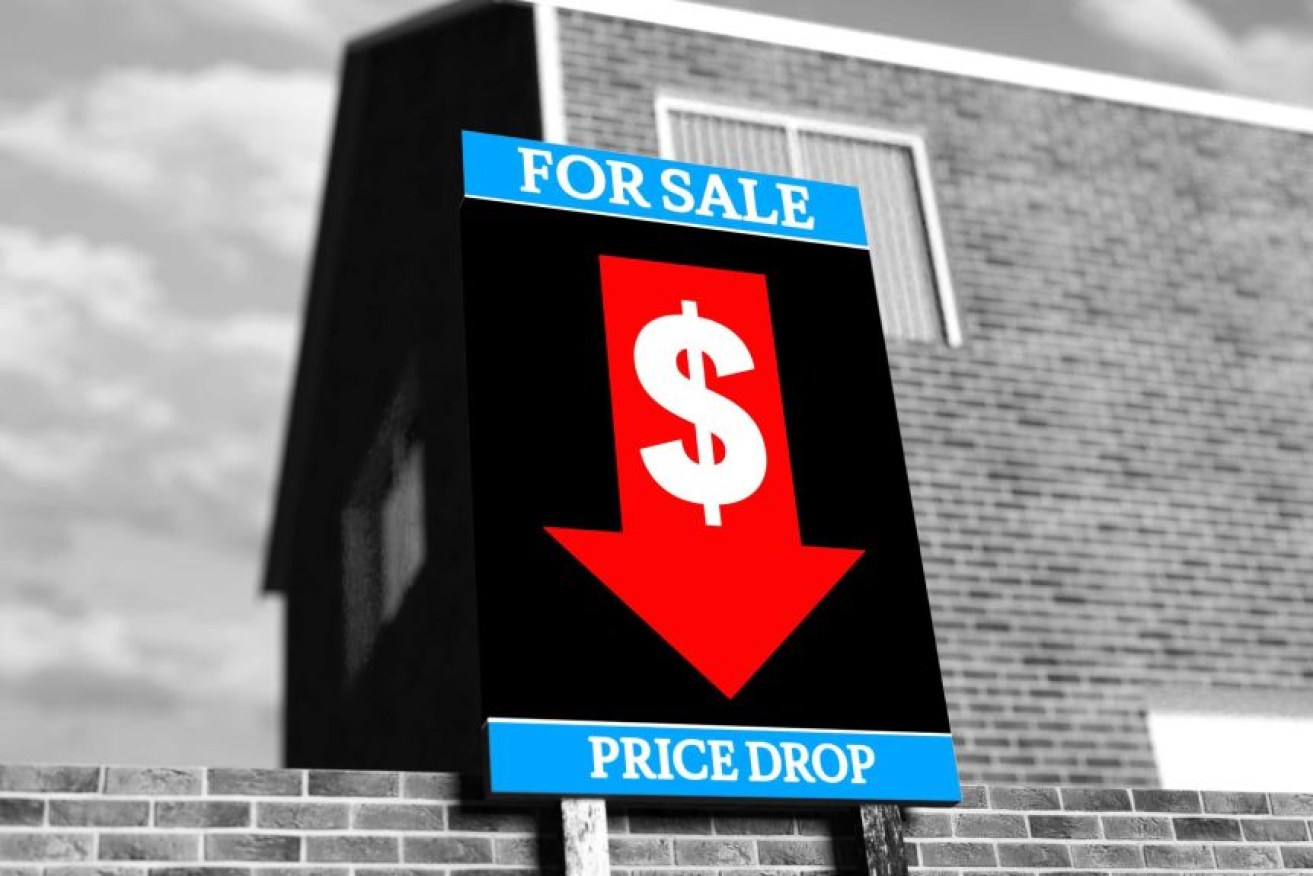CBA flags $1.5b coronavirus hit and risk of 32% house price fall

The Commonwealth Bank says property prices could fall more than 30 per cent under its worst case scenario. Photo: ABC
The Commonwealth Bank has set aside a large pile of cash to cover expected COVID-19-related losses, as Australia’s biggest home lender warns of a potential 32 per cent house price crash in a worst-case “prolonged” economic downturn.
In its third-quarter trading update, CBA announced it had set aside $1.5 billion to cover potential losses from the COVID-19 recession, taking its total provisions for bad and doubtful debts to $6.4 billion.
The bank said that total was higher than its three main rivals.
“Today’s announcement of an additional credit provision of $1.5 billion for the potential longer term impacts of COVID-19 further reinforces our already-strong balance sheet settings,” CBA chief executive Matt Comyn said.
“The Commonwealth Bank is focused on doing everything we can to support Australia in these challenging times.
“The bank is well funded, with significant levels of excess liquidity and strong capital.”
That provision is based on the bank’s base case of a 6 per cent economic downturn this year, followed by a rapid bounce-back of 6 per cent next year and further 3 per cent growth in 2022.
Unemployment would average 8.25 per cent in 2020, before easing back to 6.5 per cent by 2022.
In this scenario, home prices would fall by 11 per cent over three years.

The bank painted a gloomy picture for Australian property in the aftermath of the pandemic.
House prices could fall a third in ‘prolonged downturn’
However, the bank also flagged a “prolonged downturn” scenario, where GDP growth falls 7.1 per cent this year, followed by a further 0.8 per cent decline next year, before a modest 2.3 per cent recovery in 2022.
In this scenario, unemployment would average 9 per cent this year and 8.5 per cent next year but still ease back to 6.5 per cent by 2022.
However, CBA’s economists expect the damage to already be done to home prices under this worst-case scenario, tipping that by March 2023, they would fall by almost a third from their peak in March of this year.
While CBA’s worst-case scenario is deeply pessimistic, its base-case forecasts are not dissimilar to its major bank rivals, with all four expecting a double-digit house price decline over the next couple of years.
Westpac’s baseline housing scenario is the most pessimistic of the four, with a 20 per cent home price slide tipped.
Other leading forecasters have also warned of major property price falls if the economy is not mostly completely reopen for business by the end of this year, even though CoreLogic’s latest figures showed prices holding up in April.
Property analyst Louis Christopher from SQM Research recently told the ABC that the precondition for a 30 per cent price slump would be lengthy or repeated coronavirus lockdowns if there were additional waves of COVID-19 infections.

CBA says calls to its helpline have surged 800 per cent during the COVID-19 outbreak.
More than 200,000 borrowers ask for repayment holiday
The bank may need to draw on some of that capital, as it received more than a million calls and online requests for help, with an 800 per cent increase in calls to its financial assistance line at the peak of the pandemic.
The bank said it had received repayment deferral requests on roughly 71,000 business loans worth more than $15 billion, 144,000 home loans worth $50 billion and 25,000 personal loans.
It also pointed to its policy of defaulting all home loans to minimum repayments – a move that has attracted criticism from many customers and consumer groups, because it also has the effect of lengthening the repayment period and increasing the total interest cost.
CBA said it had also approved more than 6500 loan applications under the small and medium enterprise guarantee scheme, worth more than $555 million, with the largest number of applications coming from retail (18 per cent), construction (16 per cent) and hospitality (14 per cent).
CBA said both its statutory and cash net profits for the March quarter were around $1.3 billion, with flat operating income, due to a lower official interest rate, putting pressure on margins.
As CBA reports in sync with the regular financial year, unlike the other major banks, it will next consider its dividend position at its full-year result in August.
ANZ and Westpac both decided to defer a decision on half-year dividend payments until August, to have greater clarity on the economic fallout of COVID-19, while NAB elected to pay a much reduced 30-cent-per-share interim dividend and raise more than $3 billion in extra capital.








